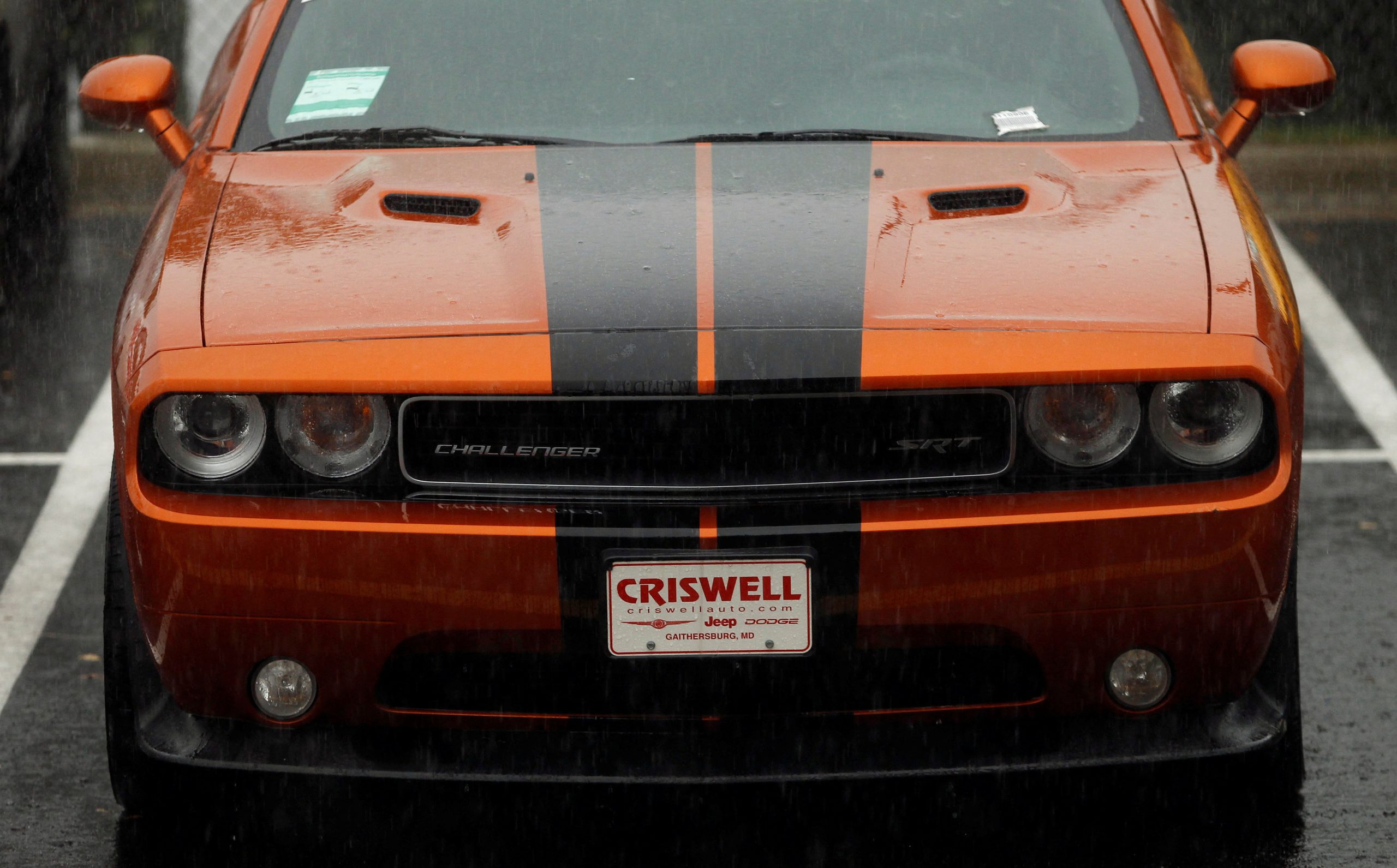
[elfsight_social_share_buttons id=”1″]
Dodge plans to squeeze maximum profit from the farewell party for its gasoline-burning Challenger and Charger muscle cars, which are scheduled to go out of production at the end of next year, the company said on Monday.
Dodge will offer seven limited productions of “heritage-influenced” versions of the Charger and Challenger at certain dealerships – previewing them undercover at events starting Monday in a throwback to marketing tactics that were old when the brand’s current leaders were starting their careers.
The final run of the current Dodge muscle cars will be allocated to dealers all at once, said brand chief Tim Kuniskis to reporters. Customers will be able to see which dealers will get the car they want.
With their retro-styling and gasoline-burning six and eight-cylinder engines, the Challenger and Charger are throwbacks to Detroit muscle cars of the 1960s and 1970s.
New federal emissions targets, as well as record-high prices at the pump, are making the production of high-performance, low-fuel-economy sports cars decreasingly profitable for manufacturers.
Dodge’s parent company Stellantis ranked last among major U.S. automakers in corporate average fuel economy in 2021, according to the U.S. Environmental Protection Agency. U.S. regulators earlier this year said they would increase penalties for failing to hit CO2 emissions targets, a decision that could cost Stellantis as much as $572 million.
Dodge brand executives are betting customers will see the last of the current Chargers and Challengers as collectible vehicles worth paying a premium to own.
“The thing I don’t want is for some customer who wants one to order ten,” Kuniskis said.
Stellantis has said it will retool the Brampton, Ontario factory that builds the Charger and Challenger “to support the company’s electrification plans,” as part of a broader $2.8 billion investment that will include the conversion of an assembly plant in Windsor, Ontario to build a new “multi-energy vehicle” architecture.
Copyright 2022 Thomson/Reuters
